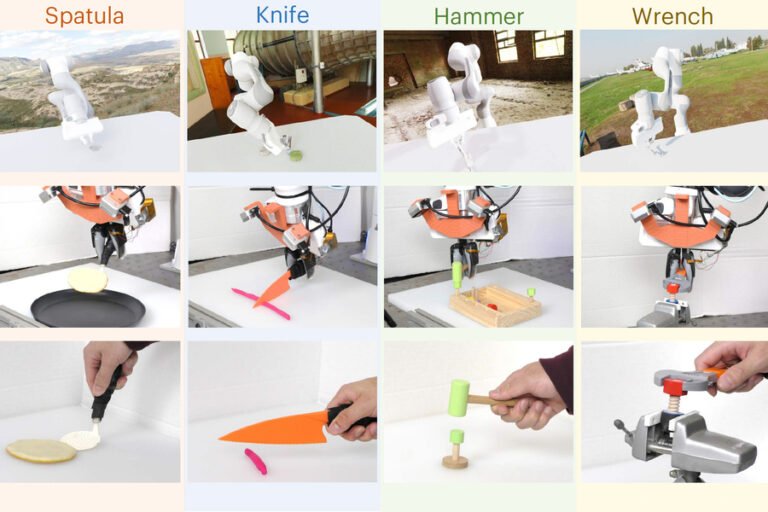
Given the frequency with which their developers toss around the phrase “general purpose humanoids,” more attention ought to be paid to the first bit.
After decades of single purpose systems, the jump to more generalized systems will be a big one.
The use of generative AI in robotics has been a white-hot subject recently, as well.
One of the biggest challenges on the road to general purpose systems is training.
The proliferation of multi-purpose systems would take the industry a step closer to general purpose dream.
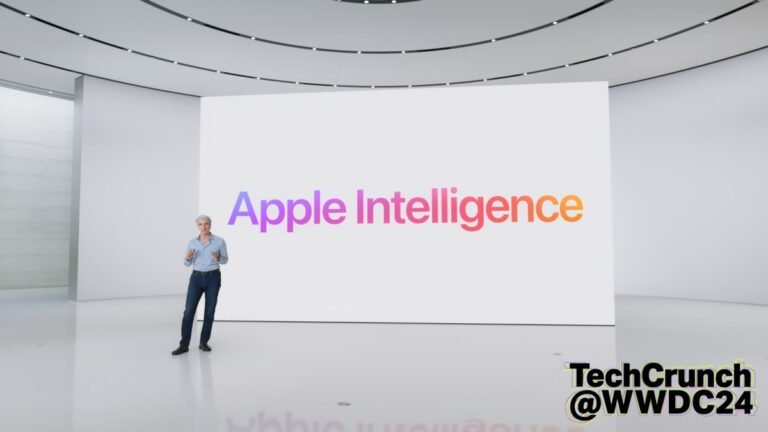
This week in AI, Apple stole the spotlight.
At the company’s Worldwide Developers Conference (WWDC) in Cupertino, Apple unveiled Apple Intelligence, its long-awaited, ecosystem-wide push into generative AI.
The company promised Apple Intelligence is being built with safety at its core, along with highly personalized experiences.
Apple revealed in a blog post that it trains the AI models that power Apple Intelligence on a combination of licensed datasets and the public web.
Grab bagThis week marked the sixth anniversary of the release of GPT-1, the progenitor of GPT-4o, OpenAI’s latest flagship generative AI model.
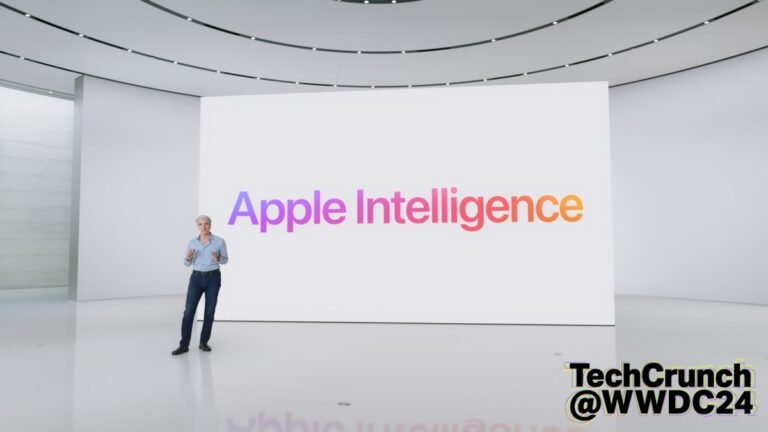
It’s something Apple is striving to answer with its own take on the category, Apple Intelligence, which was officially unveiled this week at WWDC 2024.
Apple Intelligence is a more bespoke approach to generative AI, built specifically with the company’s different operating systems at their foundation.
It’s a very Apple approach in the sense that it prioritizes a frictionless user experience above all.
The operating systems also feature a feedback mechanism into which users can report issues with the generative AI system.
This should function the same with all external models Apple partners with, including Google Gemini.

Jordan Meyer and Mathew Dryhurst founded Spawning AI to create tools that help artists exert more control over how their works are used online.
Meyer claims that, despite the fact that it’s substantially smaller than some other generative AI training data sets out there, Source.Plus’ data set is already “high-quality” enough to train a state-of-the-art image-generating model.
Generative AI models “learn” to produce their outputs (e.g., photorealistic art) by training on a vast quantity of relevant data — images, in that case.
Image Credits: Spawning“Source.Plus isn’t just a repository for training data; it’s an enrichment platform with tools to support the training pipeline,” he continued.
And, Meyer says, Spawning might build its own generative AI models using data from the Source.Plus datasets.
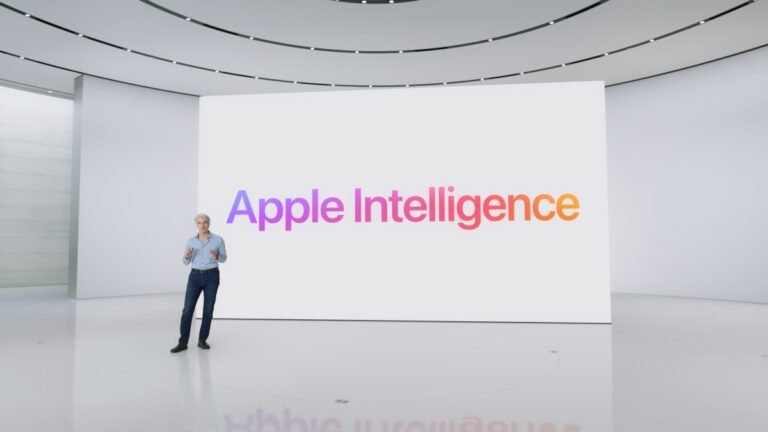
Apple Tuesday unveiled Apple Intelligence, its long awaited, ecosystem-wide push into generative AI.
As earlier rumors suggested, the new feature is called Apple Intelligent (A.I., get it?).
The company promised the feature will be built with safety at its core, along with highly personalized experiences.
it’s personal intelligence.
and it’s the next big step for Apple.”
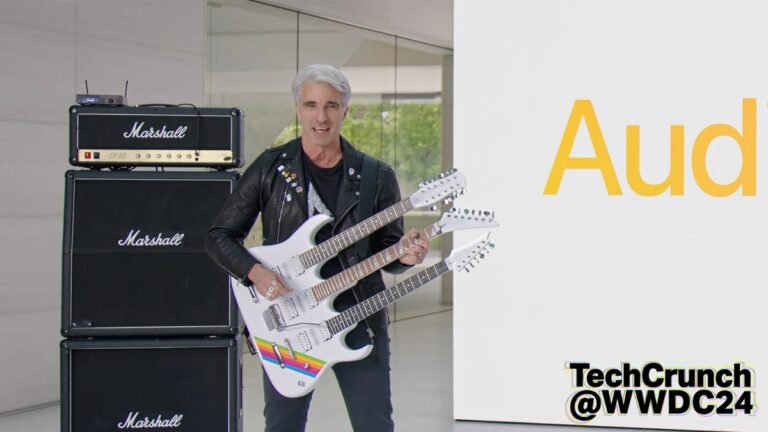
Following the collapse of its electric car project, Apple reportedly shuffled a number of employees into its internal generative AI efforts.
iOS 18 with more AIImage Credits: Darrell EtheringtonAlong with that partnership, expect iOS 18 to be the centerpiece of the event.
Siri will be getting a long-awaited refresh, courtesy of Apple’s generative AI work.
Generative AI is even coming to emojis, allowing users to customize and create their own in Messages.
A lot of the iOS updates should also make their way to macOS, including those in Siri, Notes and Safari.
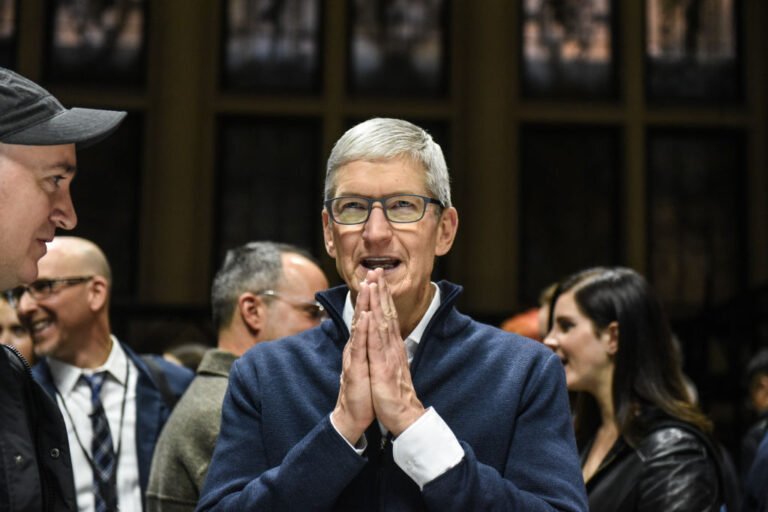
Apple is set to board the runaway locomotive that is generative AI at next week’s World Wide Developer Conference.
First there’s the name: Apple Intelligence.
Apple Intelligence will arrive as an opt-in beta, similar to developer-focused operating system updates the company releases after WWDC.
Apple Intelligence will initially be focused on bolstering existing applications.
it sounds like Apple’s big push into AI is less about flash and more about making its operating system more intuitive and user friendly.

The subject has been a massive question mark looming over Cupertino for the last few years, as competitors like Google and Microsoft have embraced generative AI.
Apple’s near-term strategy is a deep integration between existing properties and generative AI, with Siri at the center.
Rather than replacing Assistant outright, Google has been integrating its generative AI platform into different applications.
Smart speakers have a broader bellwether for platforms like Siri, Alexa and Google Assistant.
Other people do it well.”The company’s approach to generative AI is currently in the same place.
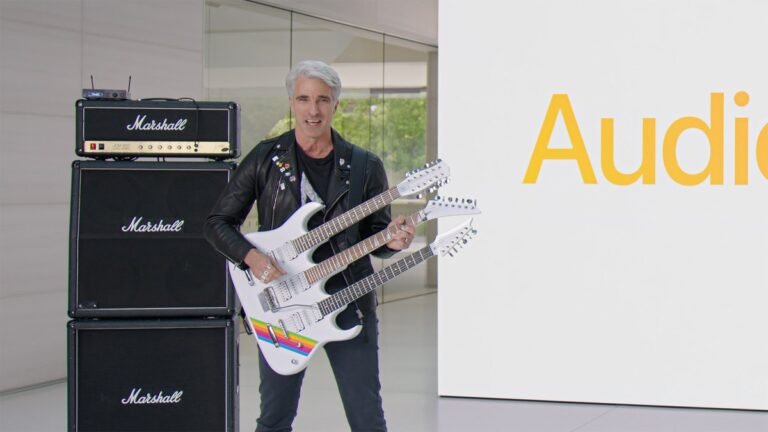
Following the collapse of its electric car project, Apple reportedly shuffled a number of employees into its internal generative AI efforts.
iOS 18 with more AIImage Credits: Darrell EtheringtonAlong with that partnership, expect iOS 18 to be the centerpiece of the event.
Siri will be getting a long-awaited refresh, courtesy of Apple’s generative AI work.
Generative AI is even coming to emojis, allowing users to customize and create their own in Messages.
A lot of the iOS updates should also make their way to macOS, including those in Siri, Notes and Safari.
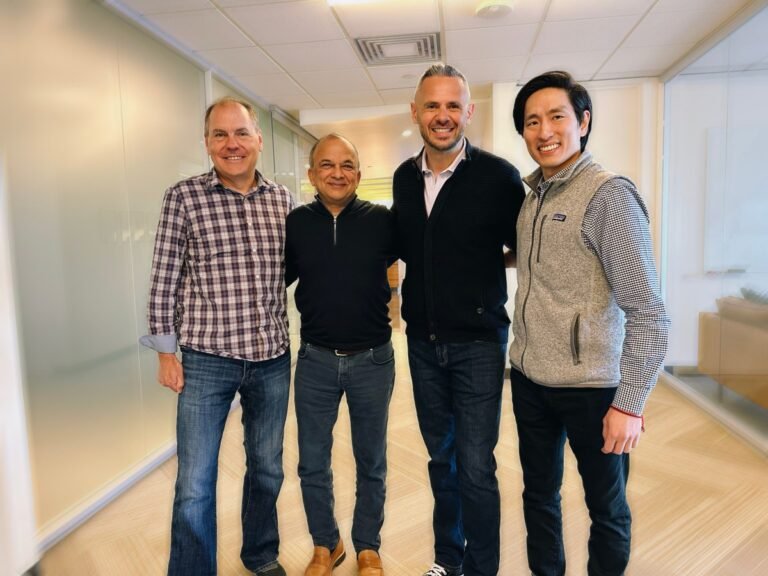
Only a few years ago, one of the hottest topics in enterprise software was ‘robotic process automation’ (RPA).
The rise of generative AI, however, may just be the missing key to building these kinds of systems.
“Last year, generative AI happened and I realized that it unlocks some software scenarios that were impossible before,” Surpatanu said.
You have to combine it with more traditional software if you want to squeeze the best out of it,” he said.
Generative AI, Surpatanu argues, can bring a degree of adaptability to context and an understanding of the user’s intent to these systems that wasn’t really possible before and something that RPA often struggles with.













